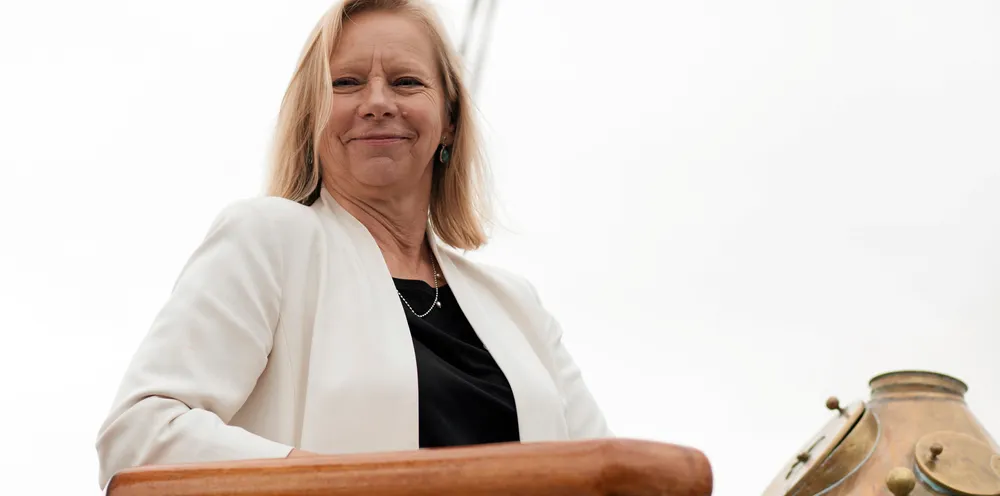Shipping veteran joins Ocergy board as US floating wind start-up gathers momentum
Former American Bureau of Shipping senior executive Kirsi Tikka joins the offshore wind pioneer as it plans for flagship unit in American waters and first orders off UK
